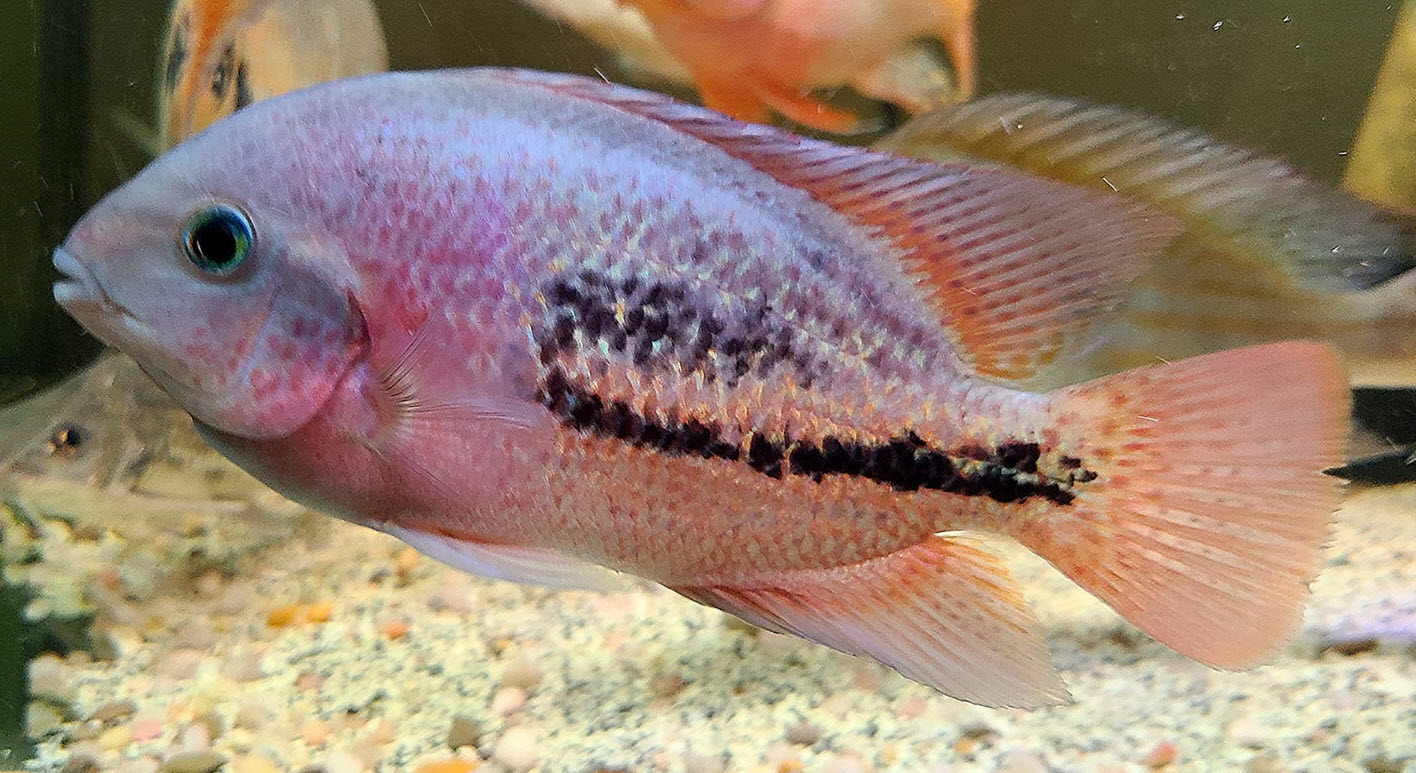There are two distinct uses for deionizing resins. One is to treat water for a water change and one is to directly treat the aquarium water to remove nitrates or ammonia. Neither use is a very good use of monetary resources, to put it mildly.
What is DI (Deionizing or Ion Exchange) resin?
An ion-exchange resin or ion-exchange polymer is a resin or polymer that acts as a medium for ion exchange. It is an insoluble matrix (or support structure) normally in the form of small (0.25–0.5 mm radius) microbeads, usually white or yellowish, fabricated from an organic polymer substrate. The beads are typically porous, providing a large surface area on and inside them. The trapping of ions occurs along with the accompanying release of other ions, and thus the process is called ion exchange.
There are multiple types of ion-exchange resin. Most commercial resins are made of polystyrene sulfonate. Polystyrene sulfonates are polymers derived from polystyrene by the addition of sulfonate functional groups. They are widely used as ion-exchange resins to remove ions such as potassium, calcium, and sodium from solutions in technical or medical applications.
Wikipedia
This is a very accurate description of DI resins.
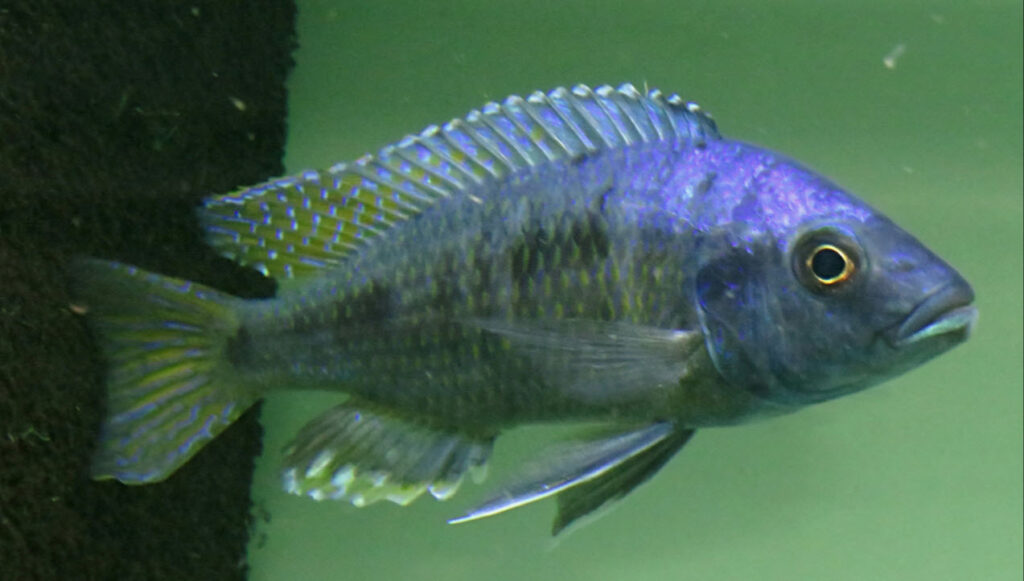
Using DI Resins to Treat Aquarium Water
“DI Resins” are synthetic porous polymers that “deionize”. These include such products as Countryside C3 resin and NO₃Go resin. There are two basic types of resins. One is a “anion” exchange resin. Anions are negatively charged ions such as nitrates and nitrites. The other type of resin is a “cation” exchange resin. Cations are positively charged ions such as ammonium.
As an example of how a resin works look at the cation filter media out there which claim to remove ammonia from the aquarium by exchange with sodium in a resin bed. Cations include sodium, ammonium, potassium, magnesium and calcium. The claim is that these resins remove the ammonia as ammonium.
While that is true, one must understand that the resin is “non-selective” and will “exchange” for every cation in the water, not just ammonium. So, let’s look at a typical Amazonian aquarium with 100 gallons of soft acid water. It will have in it roughly 4 grams of sodium, magnesium and calcium, which is VERY low. Let us arbitrarily say this aquarium has 4 grams of ammonium (which is very high, 12 ppm). Let’s add a hanging filter on the back with a generous dose of 1/2 pound of resin.
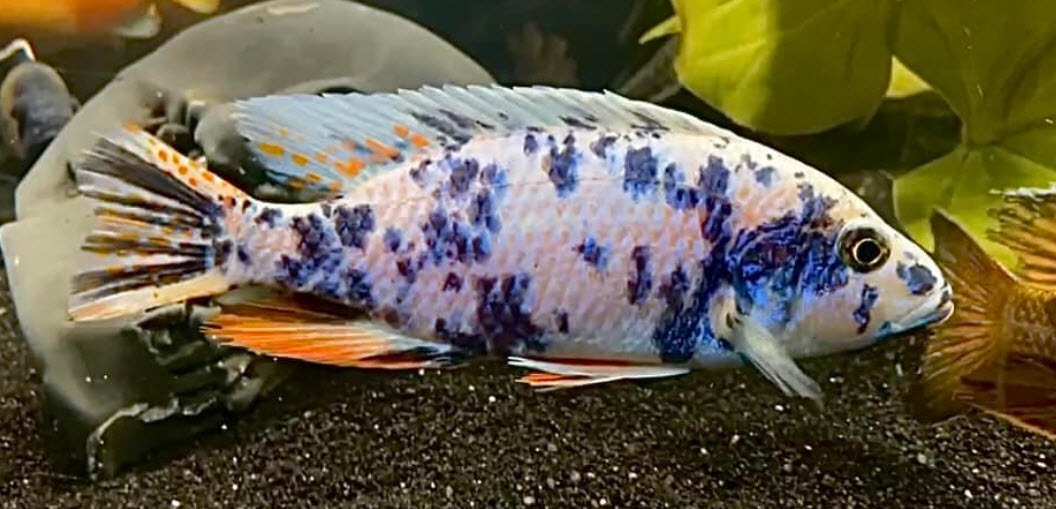
Resins will have about 5 milligrams of exchangeable sodium per gram of resin. 1/2 pound is roughly 200 grams, so the resin will have about one gram of exchangeable sodium in it.
The exchange will take place until the ratio of each cation is the same in both the water and the resin. So the resin will go to 0.5 grams of sodium, magnesium and calcium and 0.5 grams of ammonium. The ammonium level in the aquarium goes from 4.0 to to 3.5 grams. Whoops! That is not a big change. And this is for very low salt concentration water!
If we look at a Lake Malawi aquarium the situation gets worse, MUCH worse. The typical Malawi aquarium water will have roughly 50 grams of sodium, potassium, magnesium and calcium. If there was 4 grams of ammonium, then the resin would drop the ammonia to 3.92 grams.
So resin is pretty useless. This analysis also holds for most anion exchange resins.
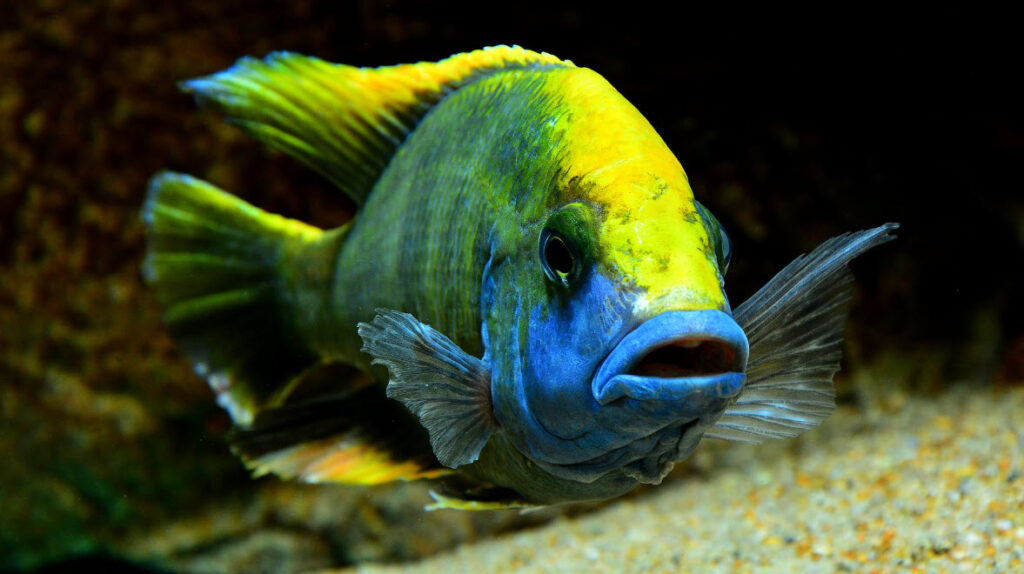
A Resin Which Seems to Work for Nitrates
A reader made me aware of a selective anion resin which supposedly selectively removes nitrates. The resin is Purolite a520e (or PA202). The reader has used this successfully to reduce 20 ppm nitrate to 3 ppm nitrate. I haven’t tested it but it looks very promising. AND it is relatively cheap and easily regenerated.
Note that there is a white granular ground up mineral called zeolite which can selectively remove ammonia. But the cost to remove even tiny amounts of ammonia is prohibitive. This product is NOT a synthetic resin. This material is covered in this link:
There are some biofiltration products that combine activated carbon with resins. These are extremely expensive products. As shown above they can have only a very small effect on the chemistry of an aquarium. A 25% water change is much better and much cheaper.
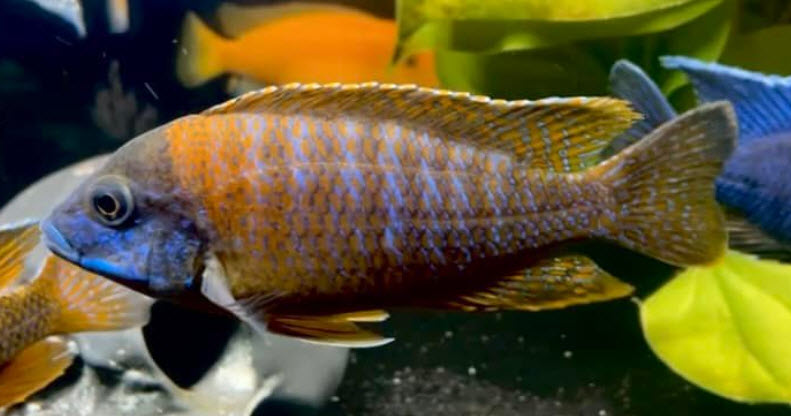
DI Resins to Treat Water Change Water
DI is often unnecessarily used after RO systems to remove everything ionic that the RO missed. DI is “deionizing”. It substitutes hydrogen ions (H+) for sodium, calcium etc. and substitutes hydroxyl ions (OH–) for sulfates, chlorides, etc. There is NO reason to have a DI resin system added to an RO system.
Note that there is a lot of marketing hype about these resins which some folks seem prone to believe. DI resins are widely used in marine aquariums (If one believes the marketing hype!) to “dechlorinate”, to “remove heavy metals” and to “remove particulate”. This is ALL just marketing hype parroted over and over by well meaning but ill-informed hobbyists.
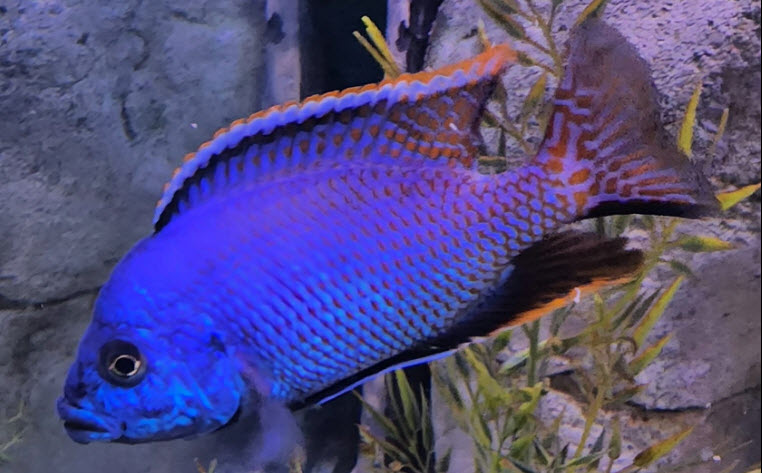
First off chlorine destroys DI resins, so no one should EVER use expensive DI resins for de-chlorination. Second, there are NO heavy metals that need removing in drinking water. Thirdly DI resins do NOTHING for particulates. And just because some ill advised hobbyists have bought into the marketing hype and purchased these systems doesn’t make the marketing hype true.
The number of ions in reverse osmosis water is typically in the 10 to 20 TDS range. Removing those dissolved solids (which are present as cations and anions) is just not necessary nor even desirable for ANY aquarium. RO water needs to be “remineralized” to 50 to 60 TDS even for blackwater aquariums and the exact ion mix is of NO importance WHAT-SO-EVER.
